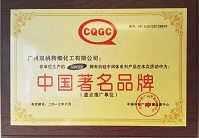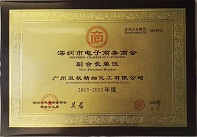
![]() E-mail: admin@gz-chemical.com
E-mail: admin@gz-chemical.com
Email us,best price and silane solutions for you!
Tel:+86 (20) 29035969

![]() E-mail: admin@gz-chemical.com
E-mail: admin@gz-chemical.com
Email us,best price and silane solutions for you!
Tel:+86 (20) 29035969


Chemical structure of small molecule PM-43I. Credit: D. Corry.
An invisible particle enters your lungs. The next thing you know breathing becomes difficult.
You are having as asthma attack. Asthma is one of the most common and difficult to endure
chronic conditions. About 30 million Americans experience asthma attacks and 3 million have
a severe, therapy-resistant form of the disease. In some cases, the condition can be fatal.
"Despite the prevalence of asthma around the world, therapy for this condition has not
significantly changed, with a few exceptions, in the last 70 to 80 years," said Dr. David Corry,
professor of medicine-immunology, allergy and rheumatology at Baylor College of Medicine.
"For the most part, we are still treating the symptoms of the disease, not the underlying
causes. In this work we present a novel new way to target a pathway we think is at the core of
this allergic condition."
Current treatments attempt to relieve typical asthma symptoms, namely the constriction of th
e airways so patients can breathe easily. Treatments may also include steroids to shut down
the inflammation that scientists have thought for many decades underlies airway constriction.
Inflammation of the airway leads to shortness of breath, and that can make people panic and
head to the emergency room. Corry's laboratory has been studying asthma for about 20
years. One of their interests is to better understand the molecular pathways that drive airway
constriction.
Guangzhou Double Peach Fine Chemical Co.,Ltd
Address: No 3401 Huangpu East Road, Huangpu District, Guangzhou, China
Tel:+86 (20) 29035969 Fax:+86(20)29035979
Tel/Wechat/Whatsapp:0086 13826126978 admin@gz-chemical.com